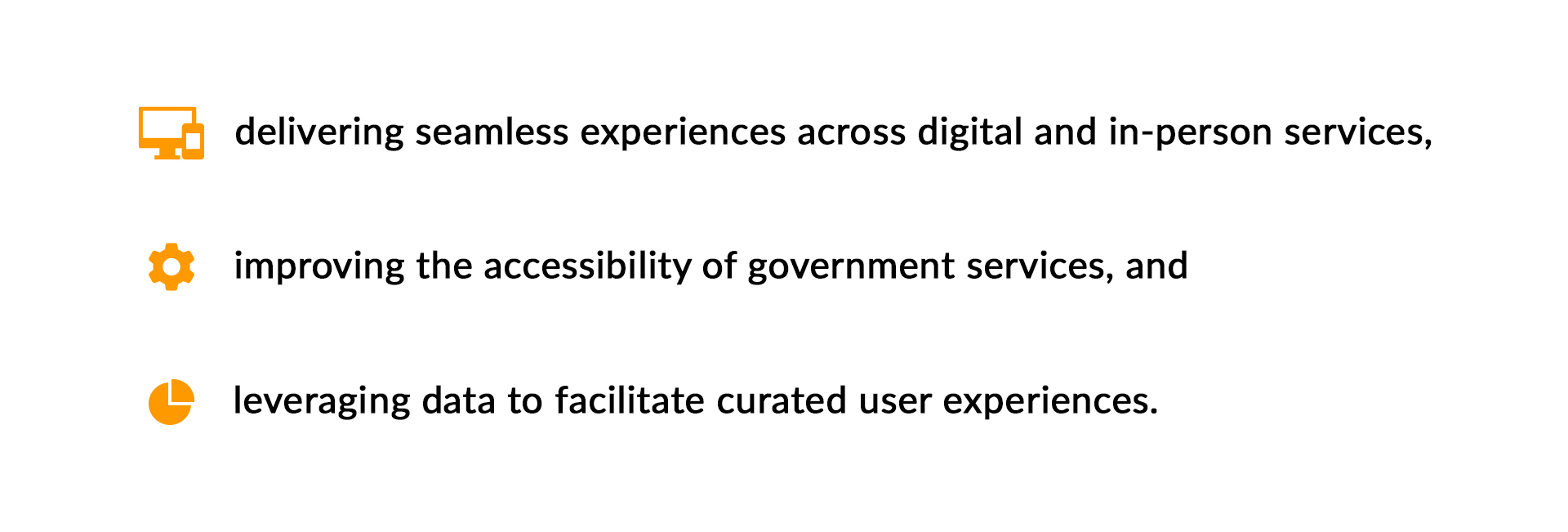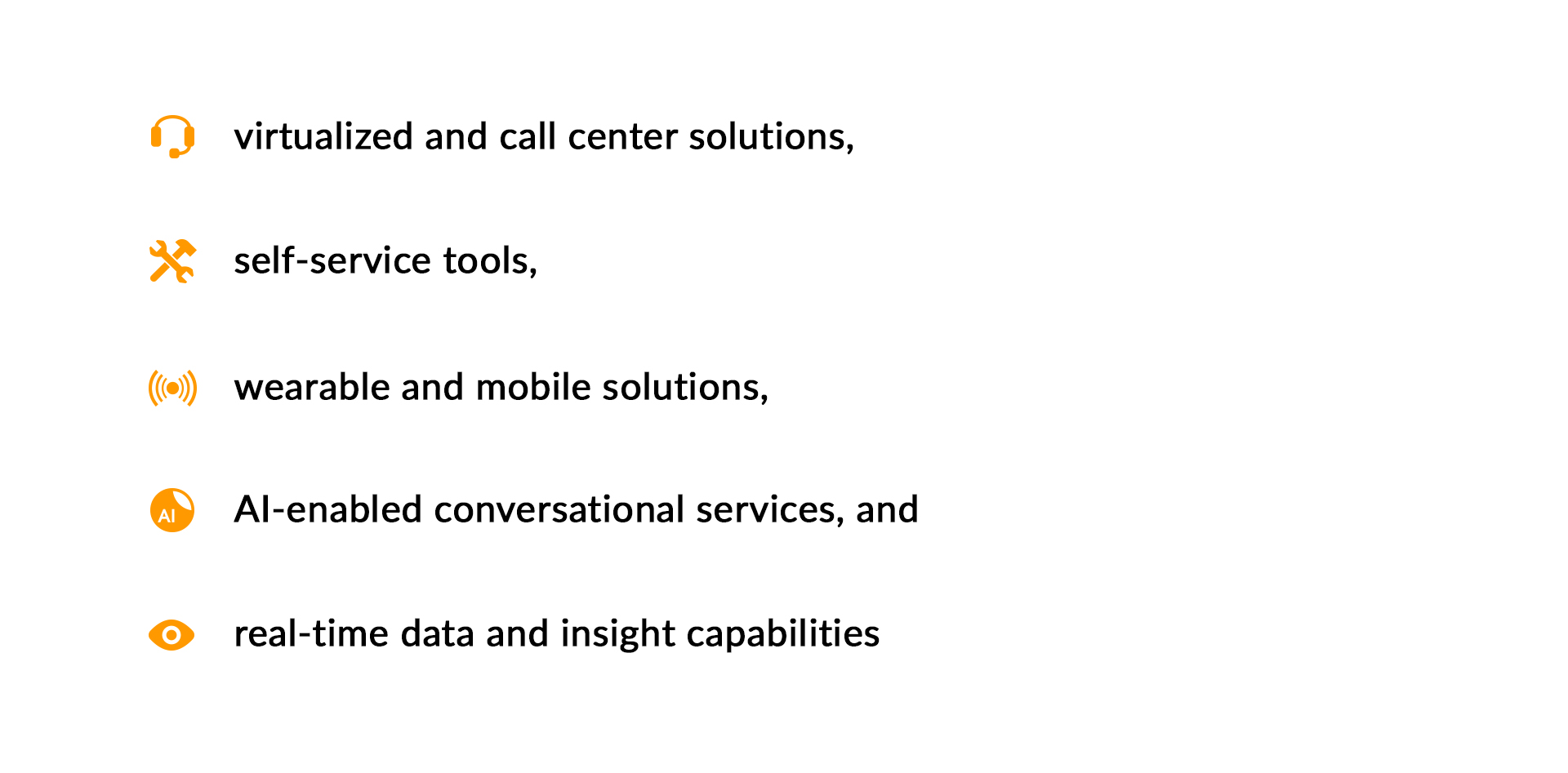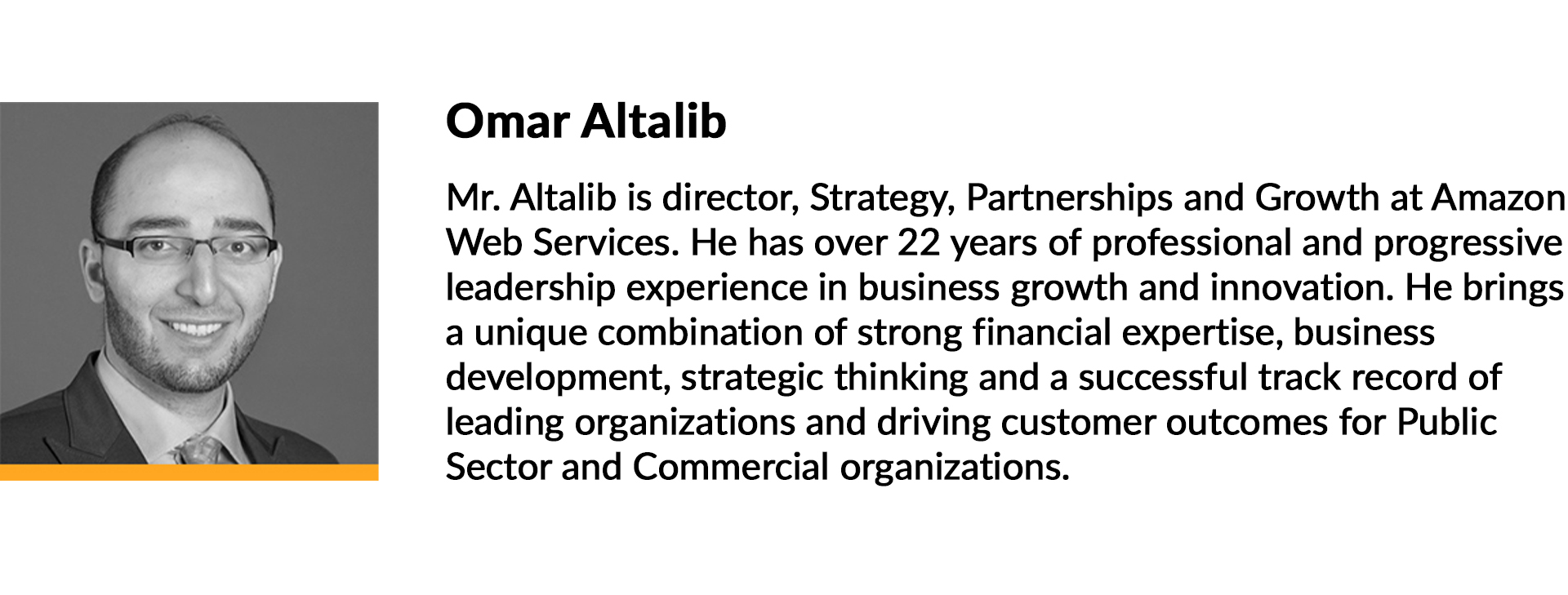


Challenges abound across the federal IT landscape as government agencies work to modernize, comply with new executive orders, manage cybersecurity, train and certify staff, and deliver citizen experiences that build trust and meet users’ needs.
“Governments are turning to cloud services to provide the cost-effective, scalable, secure and flexible infrastructure necessary to make a difference for their constituents. But the consumerization of government, expectations of the American people, and mobile instant access gratification are changing the landscape of customer engagement, and federal agencies are focusing on digital transformation to meet these needs”
Christian Hoff, director of Federal Civilian and Health, AWS
“Today, cloud services, including artificial intelligence (AI) and machine learning (ML), are helping customers across the U.S. government improve the ways they deliver on their missions,” says Christian Hoff, director of Federal Civilian and Health at Amazon Web Services (AWS). “From computer vision systems for autonomous driving to Food and Drug Administration-approved medical imaging, AI is certainly driving public sector innovation.”
As demands for emerging technology continue to rise, AWS has the fastest pace of innovation — especially in new areas like machine learning, Edge and serverless computing. And leaders like Hoff, who has a military background that includes time serving the White House, Joint Chiefs of Staff and at Walter Reed Army Medical Center, are equipped with the skills and passion to meet emerging demands and challenges.
While AWS is often thought of as a technology vendor, it’s also uniquely positioned to support the mission side of agency daily operations.
“Governments are turning to cloud services to provide the cost-effective, scalable, secure and flexible infrastructure necessary to make a difference for their constituents,” Hoff says. “But the consumerization of government, expectations of the American people, and mobile instant access and gratification are changing the landscape of customer engagement, and federal agencies are focusing on digital transformation to meet these needs.”

Building Trust Through Integrated Customer Experiences
AWS has noted three main areas where cloud technologies can help government agencies provide improved customer experiences:

From the moment a customer engages with AWS, their dedicated internal teams and highly skilled partner network collaborate to ensure seamless delivery and continuous innovation.
“AWS is customer obsessed,” says AWS director of Strategy, Partnerships and Growth Omar Altalib, whose 20 years’ of leadership experience driving innovation in the global technology industry informs his role supporting federal, nonprofits and healthcare agencies. “Partners enable the mission outcomes of our customers. Working backwards from our customers, we empower our partners with innovative cloud services and solutions to support government in solving the most pressing challenges for citizens and society.”
A top priority and focus of Hoff and Altalib’s teams is improving their federal customers’ experiences by providing solutions that work across channels and systems to enhance customer understanding, personalize interactions and build trust. This includes:

“Amazon and AWS are leaders in customer experience,” says Altalib. “Our retail business has transformed customer expectations across industries with a high-touch business model with millions of customers spanning over 32 countries, in dozens of languages.”

Success Stories in Federal Civilian Agencies
Government customers have found significant success using various AWS technologies and programs as a springboard for tasks ranging from cyber threat detection and network performance enhancement to training and upskilling their workforce, and more.
AWS offers a range of free programs and initiatives to help upskill the workforce, such as the AWS Skill Center and SkillBuilder. The programs provide opportunities to individuals across a spectrum of skillsets and experience — from early STEM education to transitioning members of the military. Federal agencies can also leverage the Registry of Open Data on AWS to discover and share datasets that can help accelerate research and innovation from data generated by a variety of sources, including satellites, radar, ships and weather models.
There are a number of notable examples to showcase how AWS is helping federal civilian agencies enable digital transformation and deliver on their missions. AWS worked with the U.S. Postal Service to make sure the Covidtests.gov website could scale quickly to meet nationwide demand for test kit ordering. During the initial launch, each household in the U.S. was eligible to order four free test kits per address. About 60 million households placed orders for their free test kits in the first two weeks and 69 million in the first phase.
AWS also powers the FDA Intelligent Data Lake that uses ML to help review the 125,000 applications it receives annually and allows FDA’s 40 human reviewers to focus on less tedious tasks while shortening the runway to production.
The 1950 Census data website uses AWS Lambda, Amazon Simple Storage Service and Amazon CloudFront to provide capacity for millions of visitors. The data is hosted by the AWS Open Data Sponsorship Program, which helps make the datasets publicly available and serves the National Archives and Records Administration’s (NARA) mission to cultivate public participation through access to government records.
Using the ML tool Amazon Textract, NARA was also able to translate 130 million handwritten names from the Census population schedules into digital data now searchable online.
"What we really want to highlight is that we're a strategic partner and advisor. No matter what problems a customer is experiencing, together with our partners, we can help solve it, accelerate mission achievement at scale and help them unlock additional innovation”
Omar Altalib, director of Strategy, Partnerships and Growth, AWS
For the 2020 U.S. Census, which included an option to submit schedules online for the first time in history, partners built an AWS GovCloud solution to host two systems to handle the high volume of users. AWS is continually expanding the scope of compliance programs to help customers use authorized services for sensitive and regulated workloads. AWS now offers 123 AWS services authorized in the AWS US East/West Regions under FedRAMP Moderate Authorization, and 109 services authorized in the AWS GovCloud (US) Regions under FedRAMP High Authorization.

Achieving Scale Through Partner Collaboration
"For more than ten years, AWS has delivered cloud services to public sector organizations around the world running a wide variety of use cases,” Hoff says. “Internally, we say that there’s no compression algorithm for experience, and that’s because you can’t learn certain lessons until you get to different milestones in scale.”
With AWS's breadth of experience in mind, Altalib encourages federal agencies to “utilize our organization as a business enabler – leverage our expertise in technology, in combination with the innovation, experience, and mission intimacy of our partner community to accelerate the delivery of mission outcomes.”
“What we really want to highlight is that we're a strategic partner and advisor,” he says. “No matter what problems a customer is experiencing, together with our partners, we can help solve it, accelerate mission achievement at scale and help them unlock additional innovation.”



Learn more about how AWS helps federal civilian agencies drive innovation through partner collaboration.